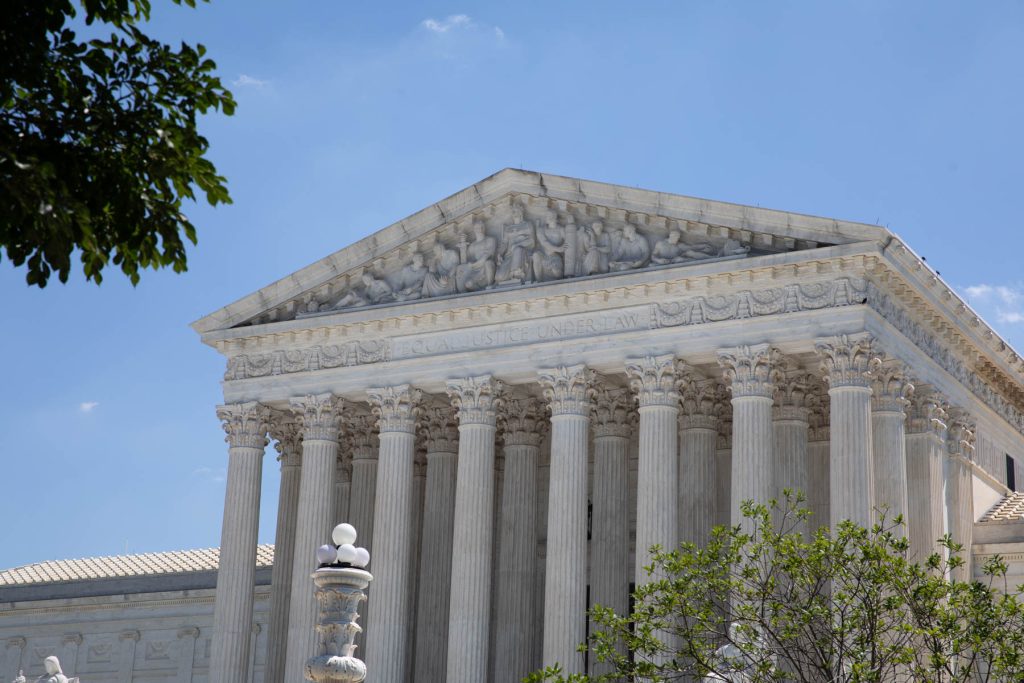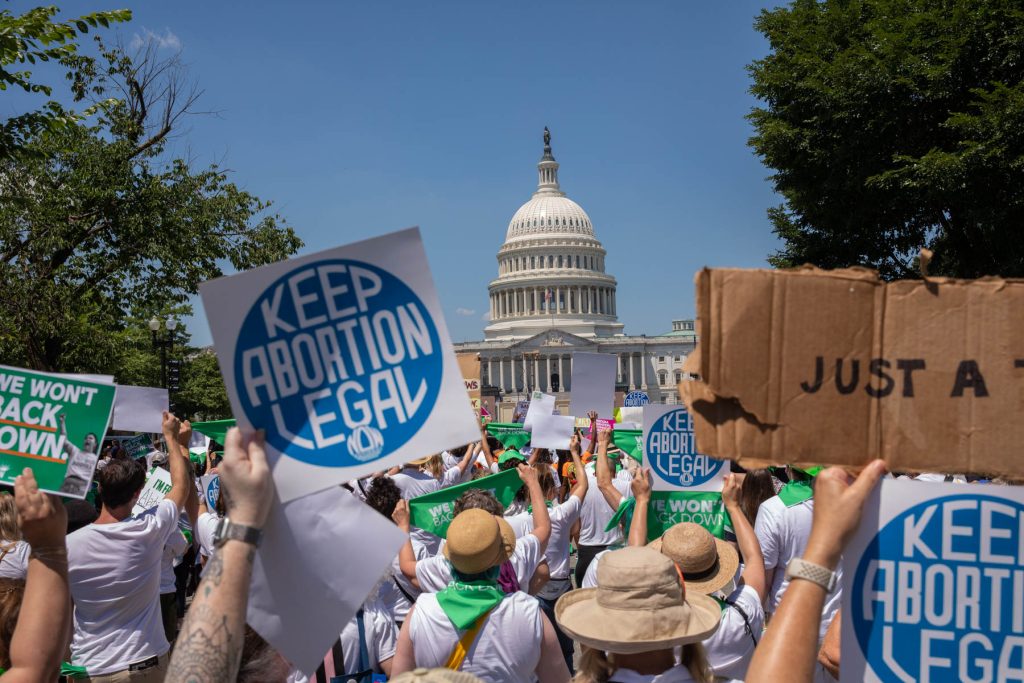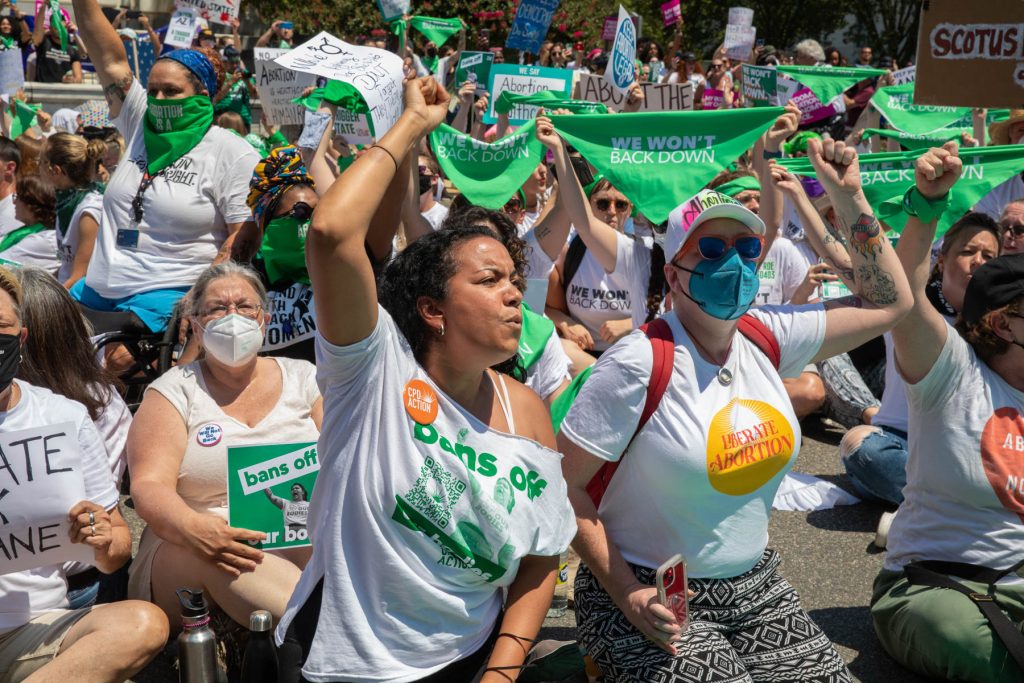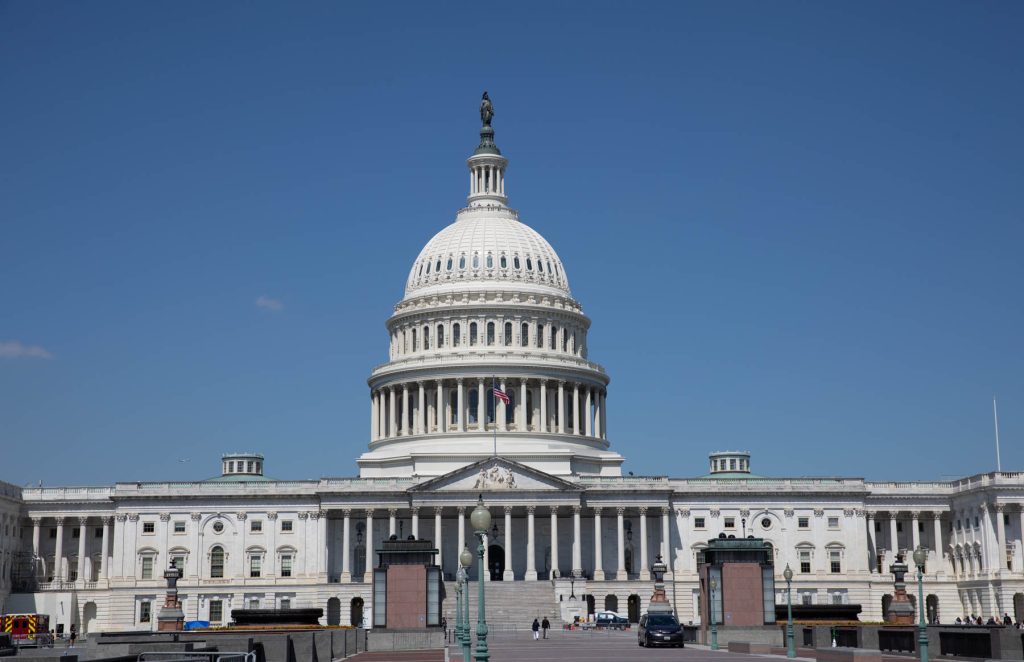Update: This story has been updated throughout after the New Mexico Supreme Court’s actions Monday afternoon.
After a busy day of court rulings on Monday, restaurants still are not able to serve indoor customers.
Monday, a state district court judge issued a temporary restraining order that would have allowed restaurants to serve indoor, in-person dining for ten days. Monday afternoon, the New Mexico Supreme Court granted an emergency request issuing a stay on the lower court’s order.
At issue is the governor’s latest public health emergency order, which banned indoor dining at restaurants and breweries because of the threat of COVID-19. Restaurants and breweries are still able to serve in-person diners on patios or other outdoor areas and can serve takeout and delivery.
The order from Eddy County District Court Judge Raymond Romero to stop the state from enforcing indoor dining bans came because the state of New Mexico did not file a response to a lawsuit from the New Mexico Restaurant Association and several restaurants and breweries.
“I am grateful for the court’s quick action,” Lujan Grisham said. “Businesses all across New Mexico have been battered by the effects of this pandemic; they are owed consistency and fairness, which my administration has endeavored to provide at every opportunity. We will continue to provide that while taking every single possible action to protect the health and well-being of New Mexicans — including workers and customers at our restaurants. I appreciate the high court’s recognition of the importance of consistent application and enforcement and the opportunity to bolster our case that high-contact indoor environments where face-coverings cannot be worn present an untenable risk given the incredible danger of COVID-19 at the moment.”
Chief Justice Michael Vigil granted the stay, with a response due by July 27 and a reply to the response by July 30. Justices Barbara Vigil, no relation, Judith Nakamura and David Thomson concurred.
The suit by the NMRA argued that the public health order was “arbitrary and capricious.” The suit also argued that the governor did not have the authority to implement the order, and that it would cause irreparable harm to restaurants, many of which would go out of business if not allowed to serve diners indoors.
House Republicans hailed Romero’s decision and blamed the governor for the spread of COVID-19 in the state.
“One person cannot make all the decisions for New Mexico, the Governor was elected to work for the people and unfortunately some of her decisions have really hurt New Mexicans,” House Minority Leader Jim Townsend, R-Artesia. “If the Governor and her staff had not made this political, I believe that our state would have continued to slow the spread as we were just a few weeks ago.”
The New Mexico House Republicans’ Twitter account spoke after the Supreme Court’s action.
“It’s unfortunate that the Governor couldn’t take the time to respond to this case in the first place, and now has got the Supreme Court to force her closure of NM restaurants,” the tweet said.
In the petition to the state Supreme Court, the governor’s office argued that the high court must intervene to allow the state to enforce its emergency health orders.
The petition mentioned that the state’s five-day moving average of COVID-19 cases “rose significantly in the middle of June” and continued to do so throughout July.
From July 1 to July 19, the number of cases increased from 12,276 to 16,971, according to the DOH coronavirus information page.
And “rapid responses,” in which the state Department of Health responds to employers where an employee has tested positive for COVID-19, rose significantly at restaurants as indoor dining became allowed. The state said that in the last two weeks of allowing indoor dining, it provided 49 rapid responses to restaurants.
An affidavit from Robert Genoway, the Bureau Chief of New Mexico’s Occupational Health and Safety Bureau, stated that in the most recent data, as of July 12, the category of “food industries” had the highest percentage of rapid responses in the state, at 18 percent. The “food industries” category includes restaurants, food manufacturing and grocery stores, though restaurants account for the majority of establishments and workers.
Last week, a number of restaurants protested against the public health order.
The state Supreme Court is scheduled to hear oral arguments on a separate case involving the state’s authority to enforce portions of its public health emergency orders on August 4.






















